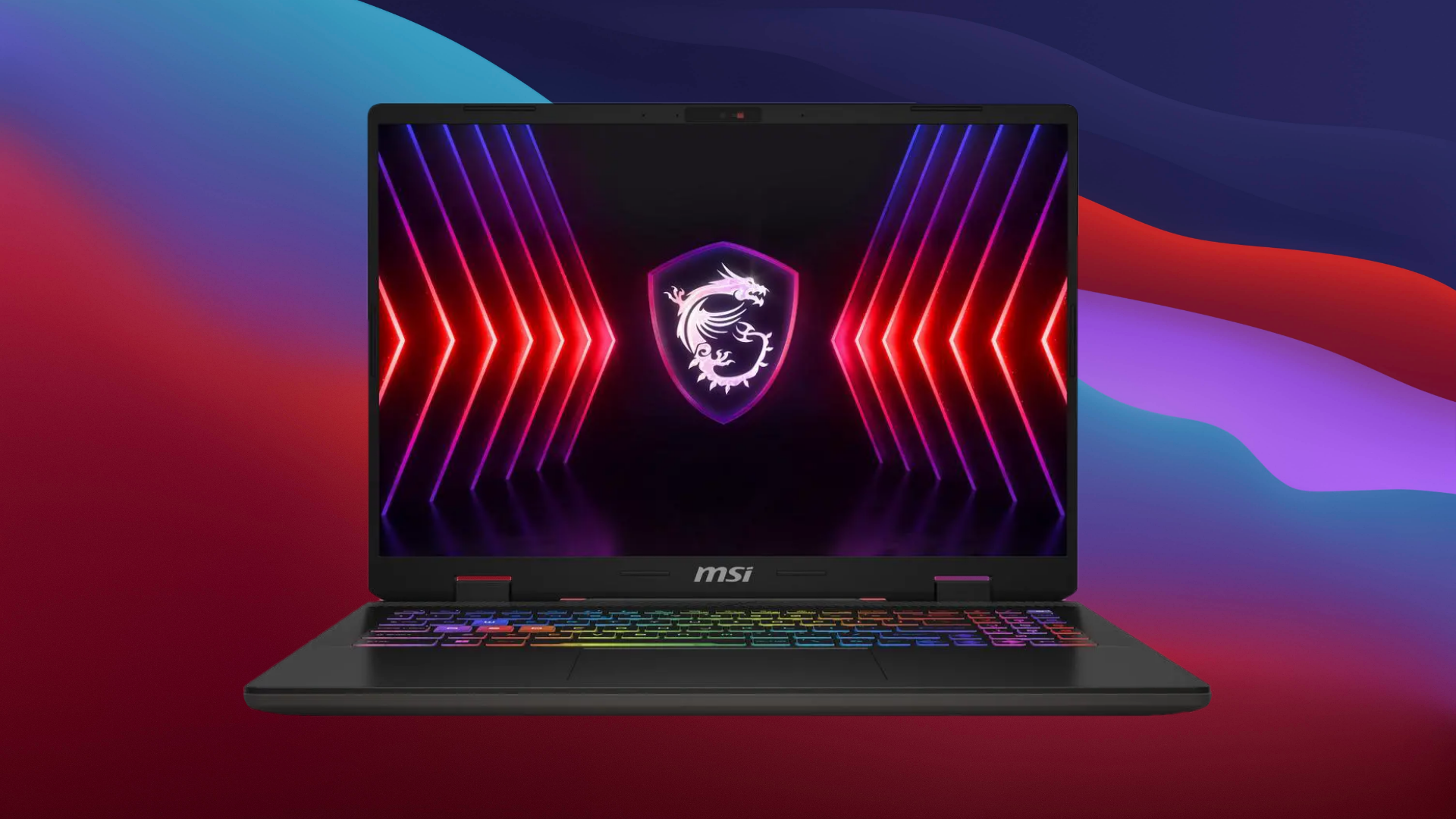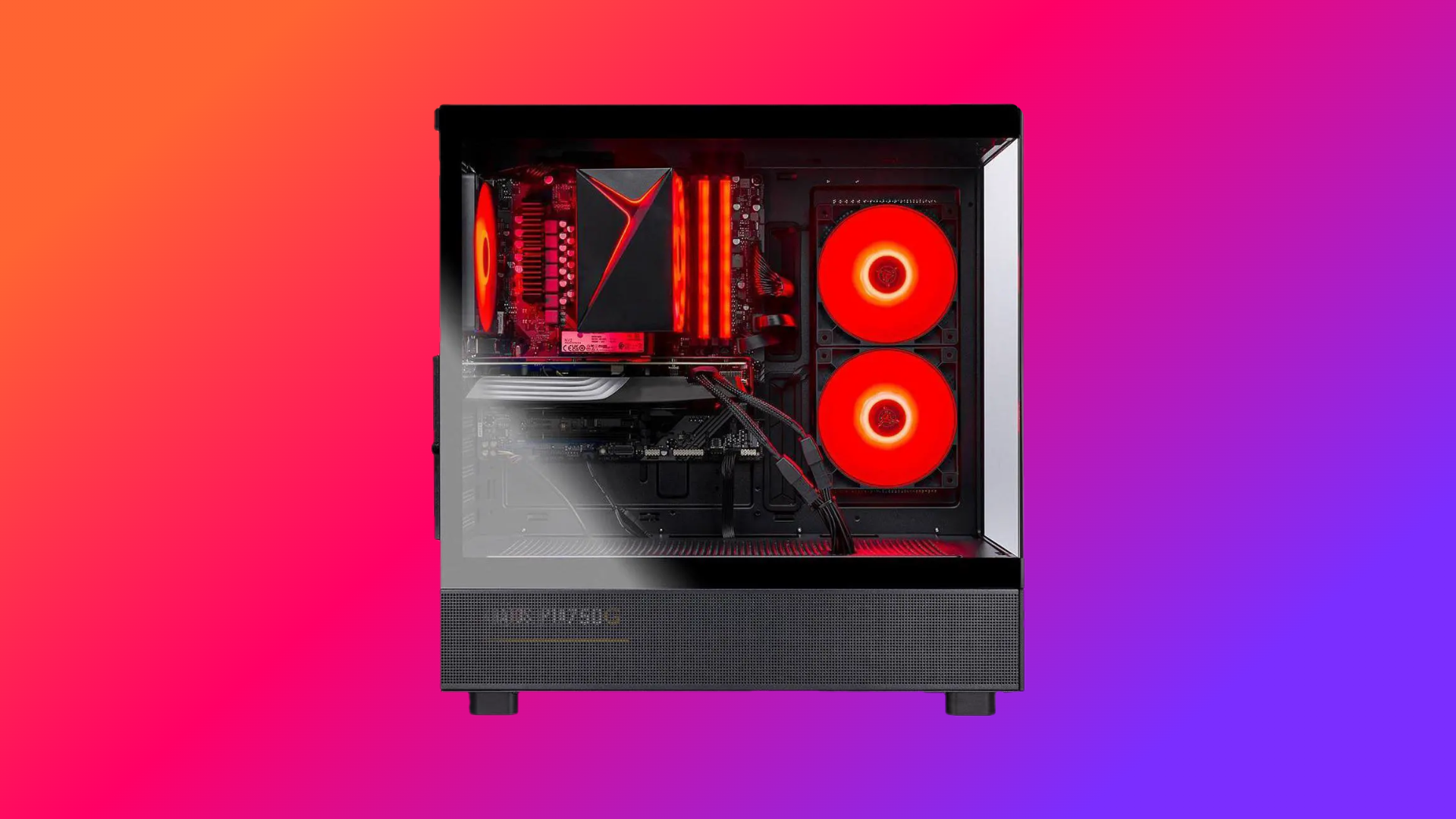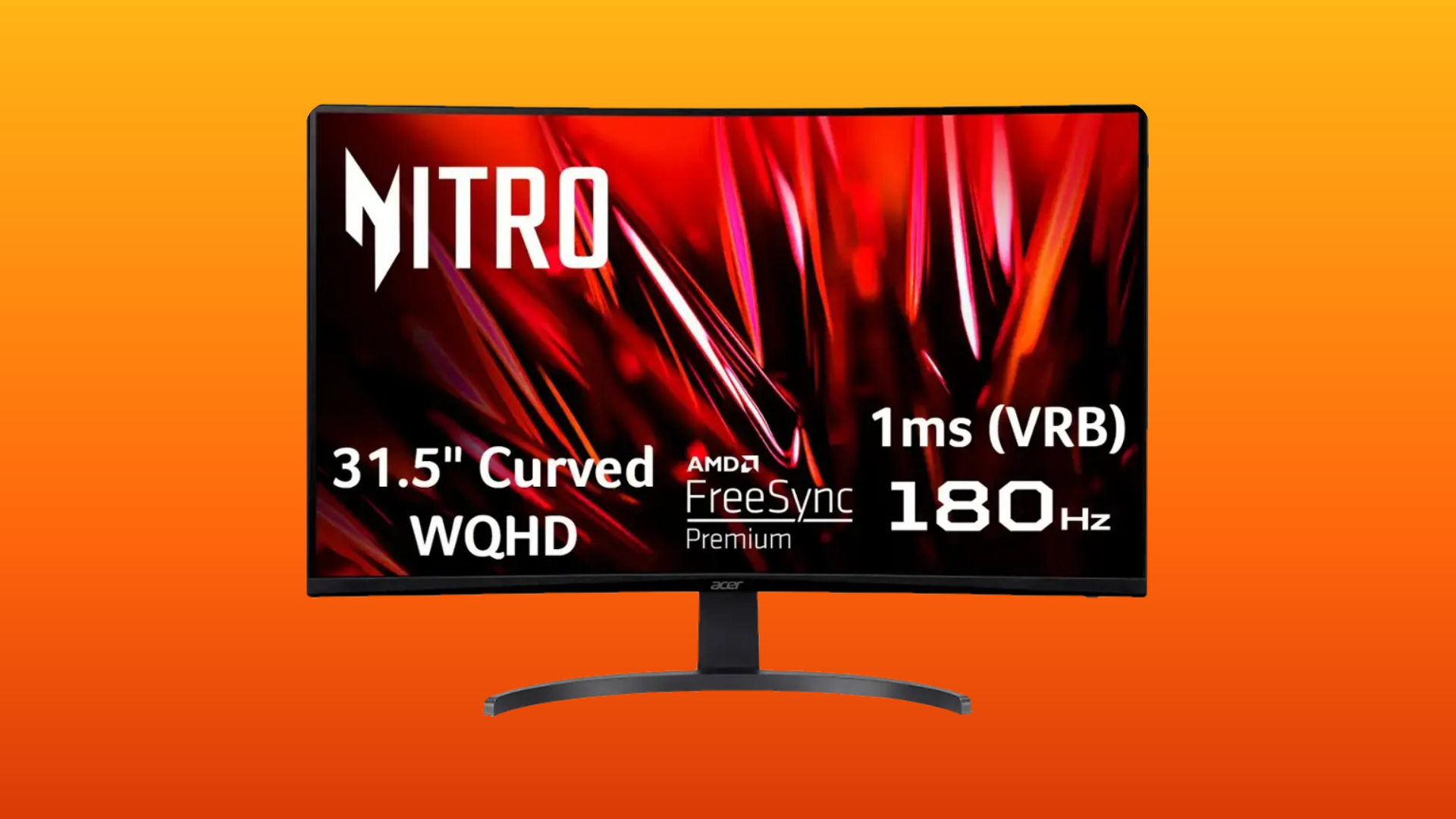Both SATA and NVMe technologies are popular choices among SSD buyers. They both offer decent performance in gaming, but one trumps the other.
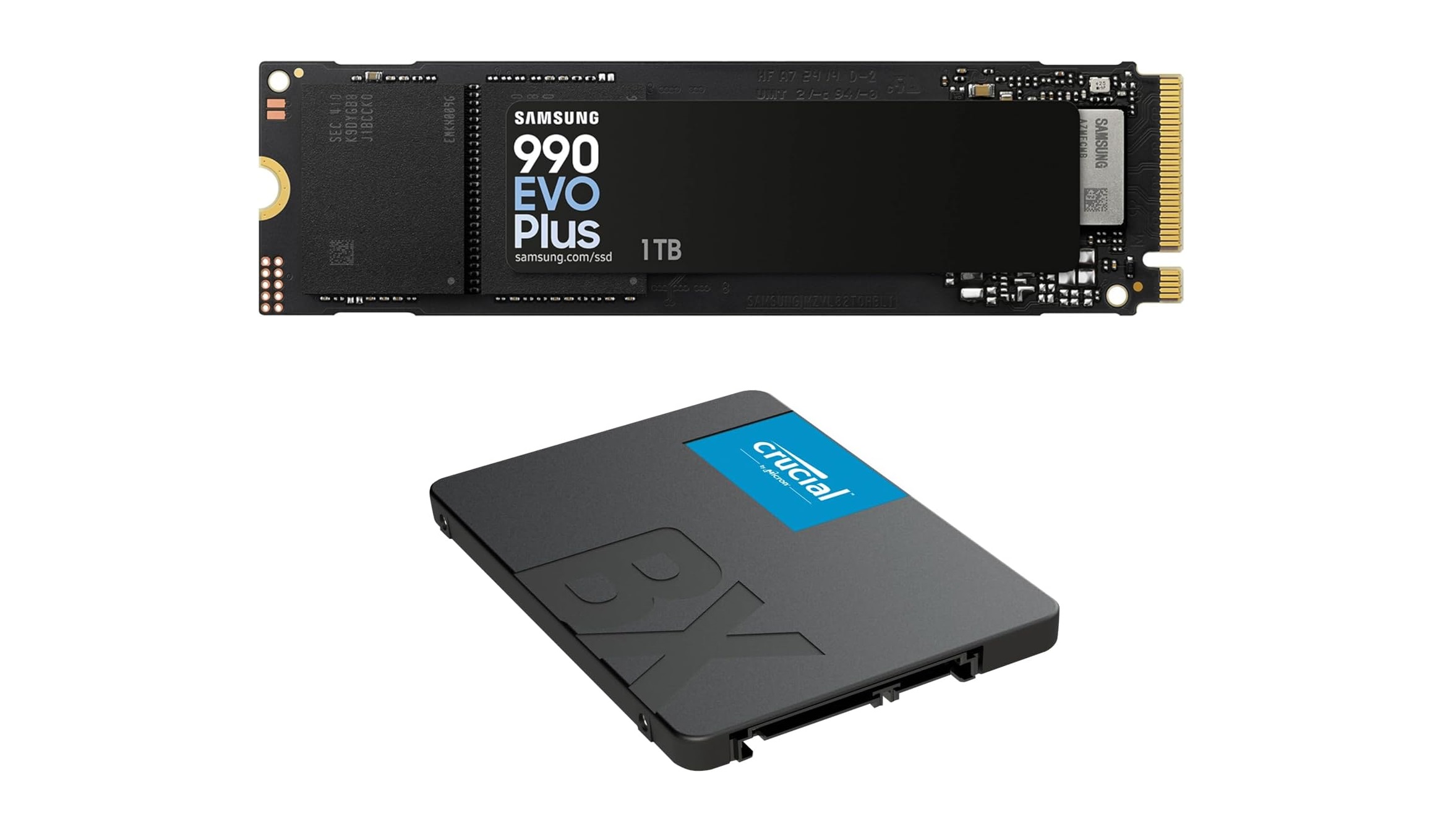
The great debate of NVMe SSDs vs. SATA SSDs has been going on for a while and probably won’t stop anytime soon. The general consensus has been that while NVMe drives offer substantially higher performance, their game loading speeds are only one to two seconds faster than SATA SSDs. In other words, there’s not a whole lot of advantage in gaming, and both perform similarly in both old and new games.
However, a lot has changed in the last two years. For one, the price gap between NVMe and SATA drives has shrunk significantly. Second, there’s a new game loading technology called DirectStorage, which promises to radically increase game loading speeds, but it only supports NVMe SSDs.
In this article, we will discuss the pros and cons of both SSD types and provide an updated explanation of which is better for gaming.
Note: Parts of this article are subjective and reflect the writer’s opinions.
NVMe vs SATA SSD: Detailed Comparison
NVMe is a new storage protocol that comes with its own connector called M.2. On the contrary, SATA is an old storage protocol that mostly uses the SATA connector. The former is the successor to the latter. Therefore, NVMe will continue to evolve, and new iterations will be developed. The same cannot be said for SATA, as its development has stopped.
However, they use two completely different interfaces to send and receive data from the CPU, which is why there’s a drastic difference in speed and latency between the two storage types. Here are the pros and cons of each:
NVMe SSD

NVMe SSDs use the PCIe interface to connect directly to the CPU for sending and receiving data. This allows very fast data transfers, as PCIe 3 and 4 offer 8 and 16 GT/s, which is substantially faster than SATA. Here are some major pros and cons of this storage type:
Pros
- NVMe SSDs’ significantly faster transfer speeds allow game files to be moved quickly. Games load faster than SATA drives by about one to three seconds. Also, future games using DirectStorage will deliver near-instantaneous loading speeds.
- It future-proofs your system. Modern technologies for game loading, including DirectStorage and more, will support NVMe instead of SATA.
- NVMe drives are quite compact and take up less space in your system.
- The price of NVMe SSDs is closer to SATA than ever before.
Cons
- Compatibility is the major hurdle of NVMe drives. Older motherboards and laptops don’t have the M.2 connector or extra PCIe lanes for these SSDs.
- An average modern motherboard has only one or two M.2 ports, which is far fewer than SATA ports.
SATA SSD
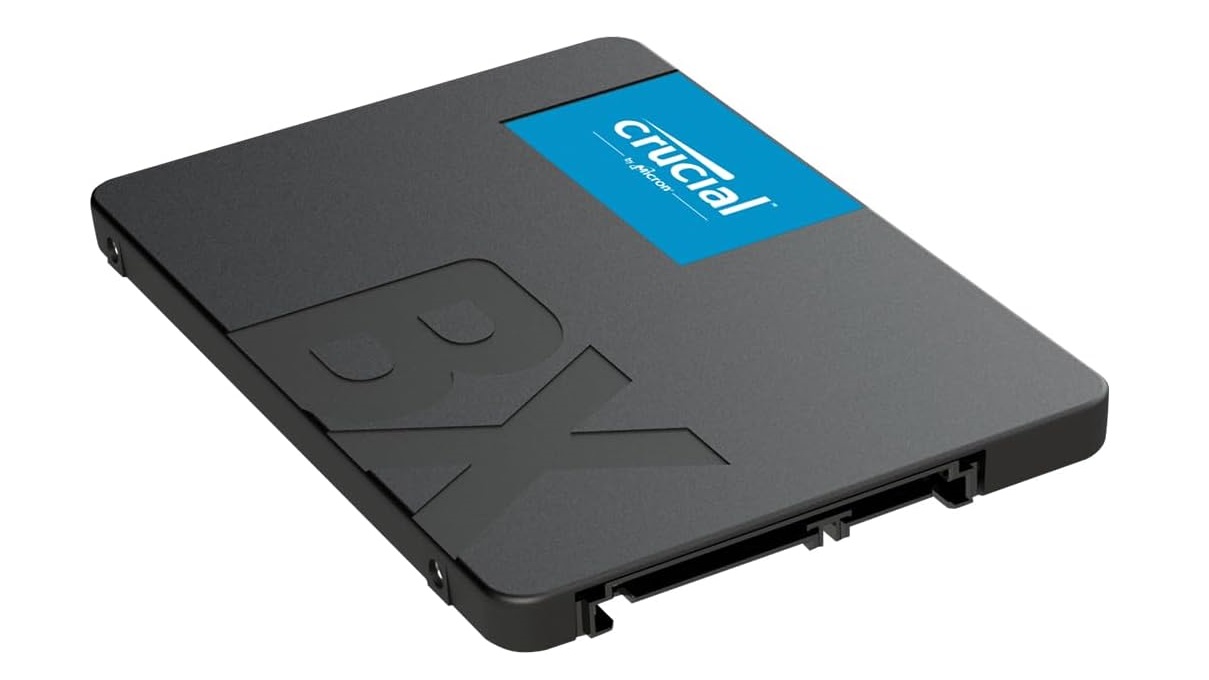
SATA drives use the older SATA III interface to connect to the motherboard’s chipset, which in turn contacts the CPU to share data between them. The chipset acts as an intermediary between the CPU and the SATA SSD. This not only hurts performance but also increases latency. Besides, the SATA III interface cannot go beyond 560 MB/sec.
Pros
- SATA drives are cheaper, even if only by a little.
- Any device, including older desktop and laptop motherboards that support the SATA interface, will support a SATA SSD. In other words, if your PC has older hard drives connected to a SATA port, you can replace them with an SSD for faster speeds.
Cons
- It provides significantly slower speeds, even though you will be required to pay almost the same as a much faster NVMe drive.
- Requires SATA cables to connect the SSDs, which may ruin the aesthetics of your PC build.
- SATA doesn’t support DirectStorage and is unlikely to support future technologies.
The DirectStorage Factor
Microsoft’s DirectStorage technology promises to reduce game loading speeds from 10–12 seconds to 1–3 seconds and has proven it in a few supported games. DirectStorage requires an NVMe SSD with PCIe Gen 3 and above to deliver the loading speed improvements. Therefore, most NVMe SSDs released in the last decade support this technology.
Unfortunately, SATA SSDs do not and probably will never support it. More and more games released in the future may be built with DirectStorage. When that happens, SATA drives may suffer greatly.
Final Verdict on NVMe vs SATA SSD for Gaming
The main advantage SATA SSDs had over NVMe was price, but in 2025, the price difference between an NVMe and SATA SSD is around $5–$10. Therefore, pricing can no longer be called an advantage for SATA drives. NVMe was always better, but it is now even better than SATA. Users should ignore SATA and buy NVMe, even if the latter is $5 to $10 more expensive.
Buying SATA would seriously put you at a disadvantage in this ever-evolving tech world. It’s a dead protocol for future development or technologies like DirectStorage. Besides, the data transfer speeds are abysmally low on SATA. The only way one could justify a SATA drive is when it is available at a deal price that is significantly lower than NVMe’s.
We provide the latest news and “How To’s” for Tech content. Meanwhile, you can check out the following articles related to PC GPUs, CPU and GPU comparisons, mobile phones, and more:
- 5 Best Air Coolers for CPUs in 2025
- ASUS TUF Gaming F16 Release Date, Specifications, Price, and More
- iPhone 16e vs iPhone SE (3rd Gen): Which One To Buy in 2025?
- Powerbeats Pro 2 vs AirPods Pro 2: Which One To Get in 2025
- RTX 5070 Ti vs. RTX 4070 Super: Specs, Price and More Compared
- Windows 11: How To Disable Lock Screen Widgets
 Reddit
Reddit
 Email
Email
